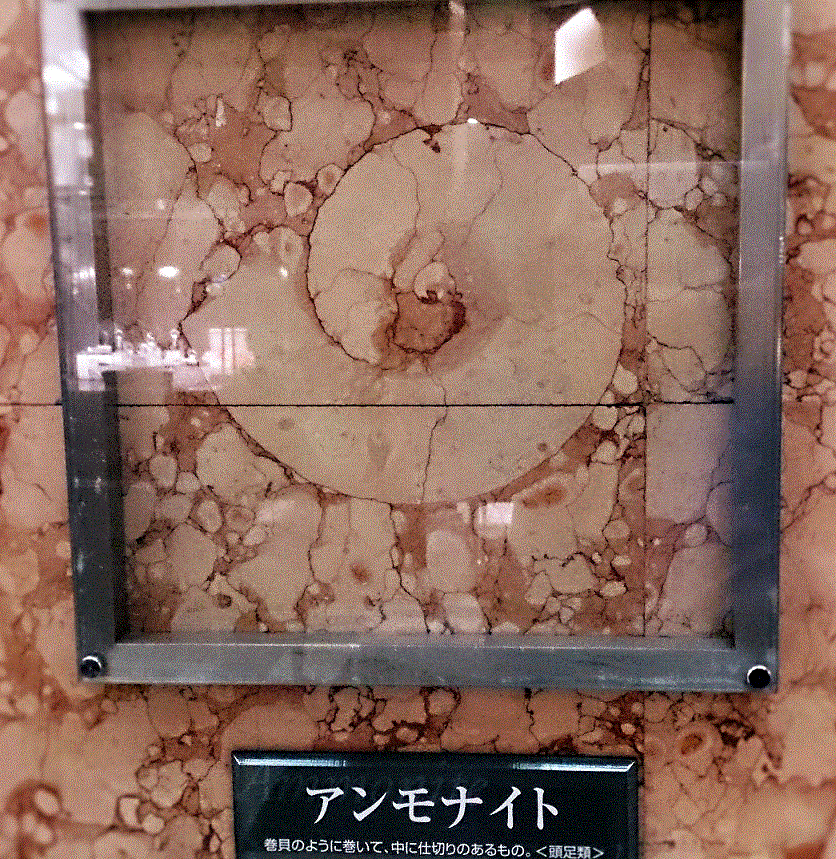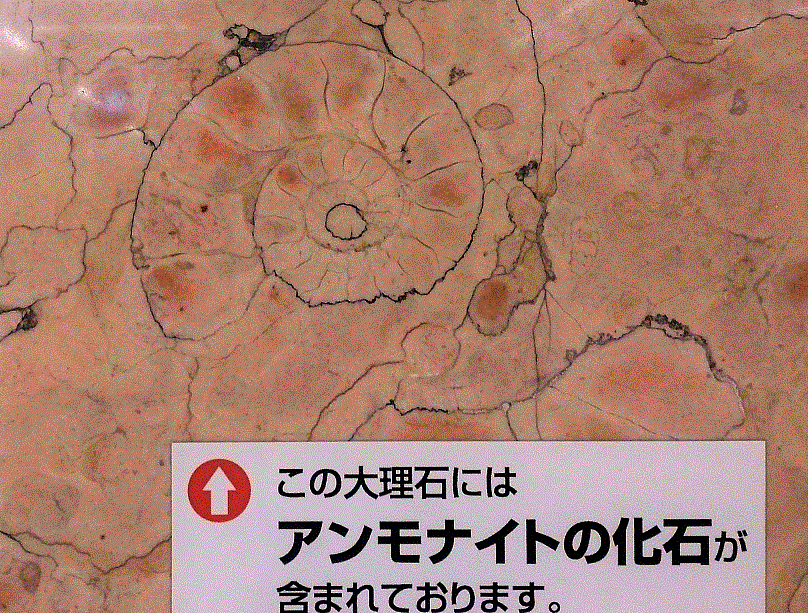Flower of Chuo-ku. It is a azalea (including Satsuki).
In the neighborhood of Chuo-ku, azaleas are blooming here and there.
If you look closely at the azalea flowers, you can see a spotted pattern on the upward petals.
This pattern is said to be a "mitsuhyo" that teaches insects what honey should be.
It is also called "guide mark" because it guides insects to carry pollen according to the wishes of the flowers.
It's called. I feel the wonder and fun of plants. There are great things where you don't usually notice.
If you feel like a plant or insect, you may notice other signs.![]()
There are a lot of square parks in Chuo-ku. Why don't you check it near you?
<Chuo-ku homepage, open space park, etc.>
http://www.city.chuo.lg.jp/sisetugaido/koento/index.html




